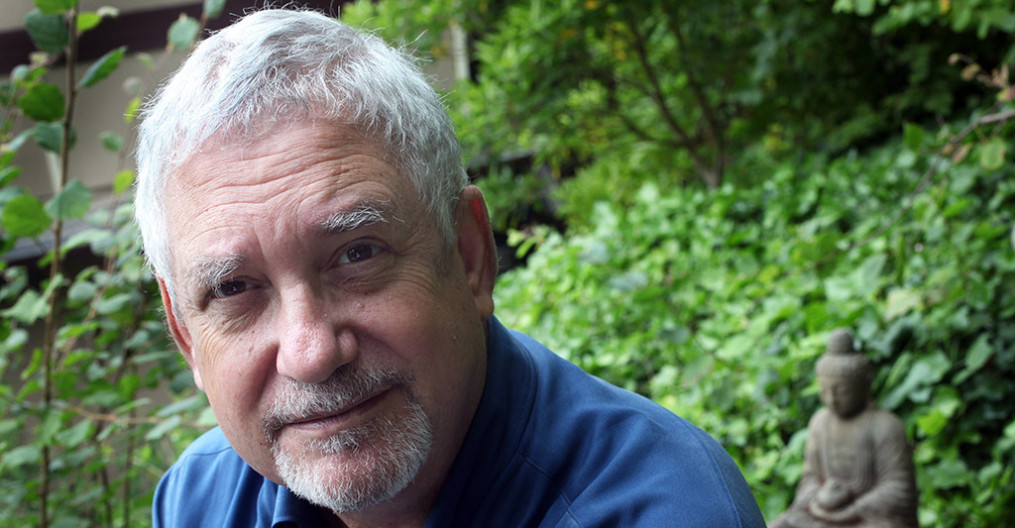The process of aging is not a smooth, continuous trajectory from youth to old age. It happens in several distinct, identifiable steps or stages. These stages are actually demarcated by significant life events—the last child leaving home, a promotion, retirement—but colloquially and emotionally we tend to think of aging’s stages as decades: our fifties, the sixties, the seventies, the eighties, and beyond. A birthday with a zero—my God, I’m fifty!—is a major, often bittersweet, signpost. While everyone’s path of aging is unique, each decade has characteristics common to most people in them.
In my book-in-process Men Aging Well, I have … Read More
